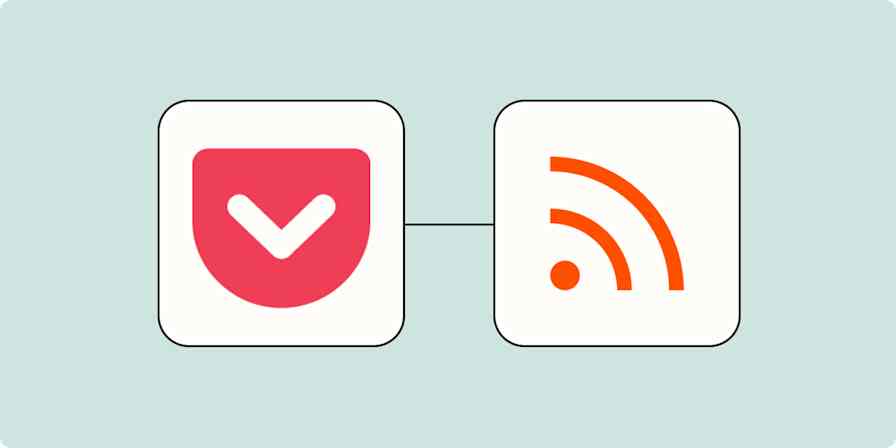Best apps
11 min readThe 3 best free RSS reader apps in 2025
Follow your favorite blogs, sites, and feeds for free.
By Harry Guinness · October 3, 2024

Get productivity tips delivered straight to your inbox
We’ll email you 1-3 times per week—and never share your information.
tags
mentioned apps
Related articles
Improve your productivity automatically. Use Zapier to get your apps working together.








